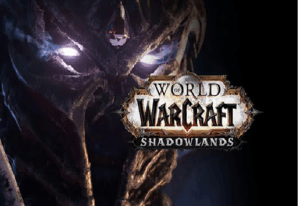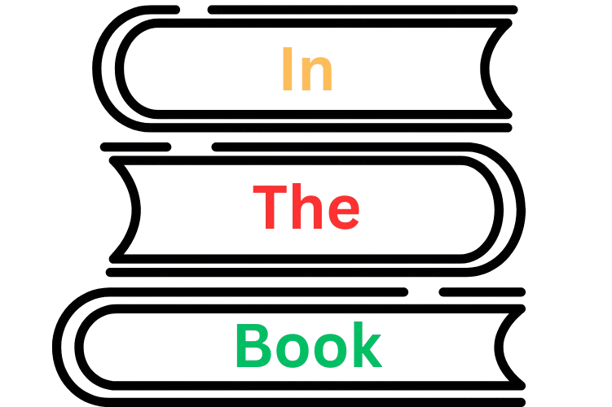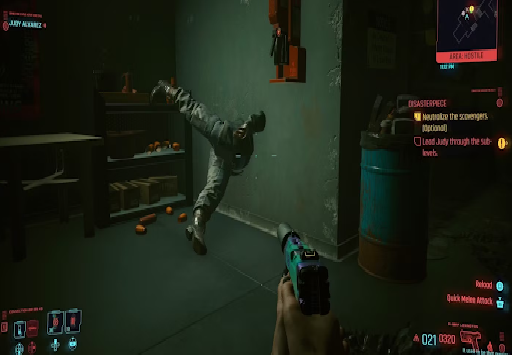I often think about how unpredictable the outcome of any update in modern games can be. Sometimes even a seemingly minor change sparks a wave of negativity and massive protests. Players have long become an active part of the industry: they not only play but also closely follow every change, discuss, criticize, and demand that their opinions be taken into account. Sometimes this escalates into a full-scale conflict that affects both the game’s reputation and its financial performance. I want to explore why this happens.
Contents
Balancing as a Minefield
Balance is a constant problem for any game. Here, any wrong move by the developer immediately affects a huge audience. For example, in League of Legends, we can recall the 2020 update when the developers buffed the champion Aphelios. His mechanics were already complex and offered plenty of tactical options, but after the update, his damage and versatility spun out of control. Aphelios began to dominate both in competitive play and in regular matches, causing a flood of complaints from players at all ranks. In professional leagues, he was either picked first or permanently banned, which essentially killed diversity in drafts.
These situations become even more critical in shooters, where balance directly affects not only gameplay but also the in-game economy. The scandal surrounding the addition of the R8 Revolver in CS:GO is a prime example. The weapon was introduced into the game almost without proper testing and immediately demonstrated its destructive potential. Players instantly started widely discussing the consequences of the update — including on specialized sites like csgo-gambling-sites, where not only balance is analyzed but also how new changes affect betting and skin values. Within just a few days, the Revolver completely broke the usual match economy, turning every round into a lottery with a one-shot kill chance.
Developer Mistakes and Loss of Trust
Sometimes the problem isn’t even in balance, but in technical execution. One of the loudest examples in recent years was the release of Cyberpunk 2077 in 2020. It was one of the most anticipated launches of the decade: a project with a huge budget, a powerful marketing campaign, and sky-high audience expectations. However, at launch, players faced a flood of technical issues — the game was literally falling apart before their eyes. On last-gen consoles, characters got stuck in textures, animations glitched, dialogues froze, cars randomly flew into the air, and missions couldn’t be completed due to bugs. Many players experienced crashes every 10–15 minutes.
Social media and forums exploded with complaints, while YouTube and Twitch were flooded with videos showcasing the most absurd bugs. The situation escalated to the point where Sony — something that happens extremely rarely — removed Cyberpunk 2077 from the PlayStation Store to minimize the wave of refunds. Trust in CD Projekt Red, previously considered one of the most fan-friendly studios, was seriously shaken. Even active work on patches over the following year and a half couldn’t fully restore the studio’s reputation — only after a series of major updates, fixes, and the release of the Phantom Liberty expansion did some players reconsider their attitude toward the game. However, the shadow of disappointment still hangs over this release as a reminder of what rushing and deadline pressure can lead to in big studios.
Social Protests and Boycotts
There are cases when the gaming community organizes targeted protests that go far beyond forum discussions. One of the most notable examples was the story of Star Wars Battlefront II by EA in 2017–2018. The game originally offered a progression system tied to loot boxes: rare heroes, upgrades, and key abilities could be unlocked either after countless hours of grinding or through spending real money. At launch, players discovered that unlocking characters like Darth Vader or Luke Skywalker would require dozens of hours of gameplay or additional payments — essentially creating a “pay-to-win” situation.
The community reacted instantly. A post criticizing the monetization appeared on Reddit and quickly earned the most downvotes in the platform’s history. A massive wave of negativity spread across social media, the press, and even traditional media. The boycott was joined not only by regular players but also by journalists, bloggers, and many prominent figures in the industry. The pressure became so intense that EA was forced to disable microtransactions right before the game’s launch and later completely rework the progression system, removing loot box monetization altogether.
The issue went beyond the gaming industry: loot boxes became a topic of discussion at the government level in several countries. In Belgium, the Netherlands, and later a number of other states, loot boxes were officially recognized as a form of gambling, leading to stricter regulations on such mechanics in video games. After that, many publishers began approaching monetization much more carefully to avoid similar reputational losses.
Sometimes the Problem Runs Deeper Than It Seems
Sometimes the root of the conflict lies not in a specific patch, but in the developer’s overall policy, which builds up player frustration over the years. A good example is the situation surrounding World of Warcraft: Shadow lands. At the launch of the expansion, players faced a series of controversial decisions: questionable covenant system design, an excessive reliance on grinding for progression, and a lack of transparency in in-game systems. Blizzard largely ignored criticism for a long time, continuing to push forward with its chosen development model without clear attempts to listen to the player base. Many key streamers and longtime WoW veterans openly voiced their dissatisfaction, accusing the developers of losing touch with their core audience.

The situation was further worsened by internal scandals at Blizzard, involving investigations into labor ethics, a toxic workplace environment, and discrimination within the company. This only fueled the growing frustration within the community: many started seeing the studio not just as a game developer but as a company that had lost its moral leadership in the industry.
As a result, a large number of WoW veterans, tired of the ongoing problems, shifted en masse to Final Fantasy XIV. The Japanese MMO became a kind of “safe haven” at that point — the developers actively communicated with players, regularly hosted live Q&A streams, addressed controversial issues, and showed a respectful attitude toward community feedback. Against the backdrop of Blizzard’s situation, this contrast allowed FFXIV to rapidly grow its player base and strengthen its reputation as one of the most welcoming MMOs for the community.
Conclusion
Today, every update is a delicate matter of reputation and trust. Players are willing to accept changes if they see honesty, transparency, and a genuine willingness to consider their feedback. But as soon as a gap forms between developers and the community, any mistake can become a trigger for a large-scale conflict that affects not only online discussions but also a company’s financial reports.

























